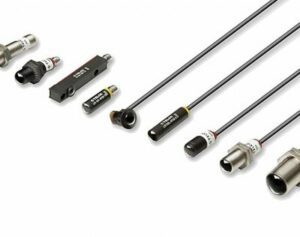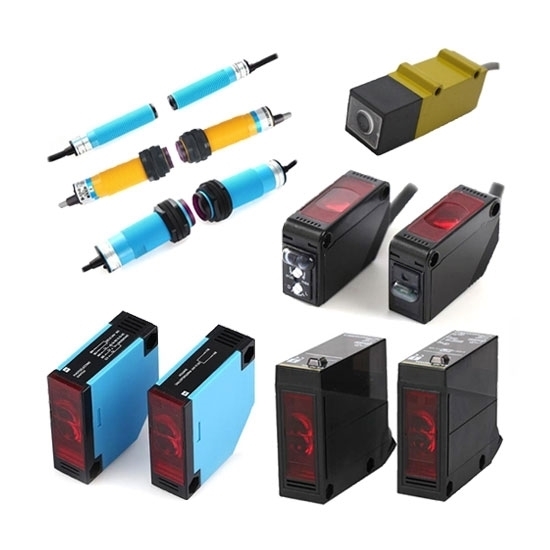Photoelectric Sensors
Photoelectric Sensors
What is a Photoelectric Sensor?
Photoelectric sensors can distinguish articles utilizing a light transmitter and a photoelectric collector. These sensors can evaluate their environment and procedure the separation of an item and perceive if the article is close by or missing. Additionally alluded to as the “Photograph Eye”, these frameworks recognize an adjustment in light quickly and can without much of a stretch be joined into a wide range of hardware. There are three primary ways photoelectric sensors use target discovery; through-pillar, retro-reflective, and vicinity or diffused mode.
Through-Beams:
Through-beams are the most exact sort of photoelectric sensors. Nonetheless, the transmitter and collector should be introduced in two unique frameworks. The transmitter and recipient are put separated from one another with one containing the light producer and the other lodging the beneficiary. On the off chance that an article was to break that mutual light between those two frameworks, the machine will detect an unsettling influence and change its procedure. This is utilized in conditions where there is soil and other outwardly debilitating environment. This framework can distinguish little particles effectively, has an exact and exact item area capacity, and can perceive substance inside a holder. This technique takes into consideration the most expanded detecting ranges conceivable, making it the most proficient sort of mode.

Retro-Reflective:
Reflective Sensors are less expensive than a through-pillar, yet their exactness is somewhat not exactly through-beam sensors. The transmitter and beneficiary in reflective sensors utilize a reflector to ricochet light once more from the transmitter to recipient. At the point when an article is distinguished, it will intrude on the reflective light from the transmitter, and that framework will be alarmed and react as needs be. These sensors normally have a progressively far reaching detecting range instead of diffused sensors. This sort of photoelectric sensor is used for distinguishing enormous items, seeing articles moving at quickened rates, and seeing straightforward items. To distinguish straightforward articles, these sensors use hysteresis circuit that can recognize moment changes in light.
Proximity-Detecting or Diffused:
Proximity/Vicinity sensors utilize electromagnetic bars to identify when an article is close in connection to the gadget’s environment. In this gadget, the light source and beneficiary are inside a similar lodging unit, in contrast to reflective and through-beam sensors. Here the transmitter must reflect off the article to line up with the recipient. This framework will identify an item when the recipient recognizes the transmitted determination. There are unequivocal focal points to closeness sensors. These kinds of sensors can distinguish products, they can perceive what an article really is by one explicit trademark, and they can recognize a straightforward item also. This sort of sensor needn’t bother with a different collector or reflector to work; rather, it is reduced and independent.

